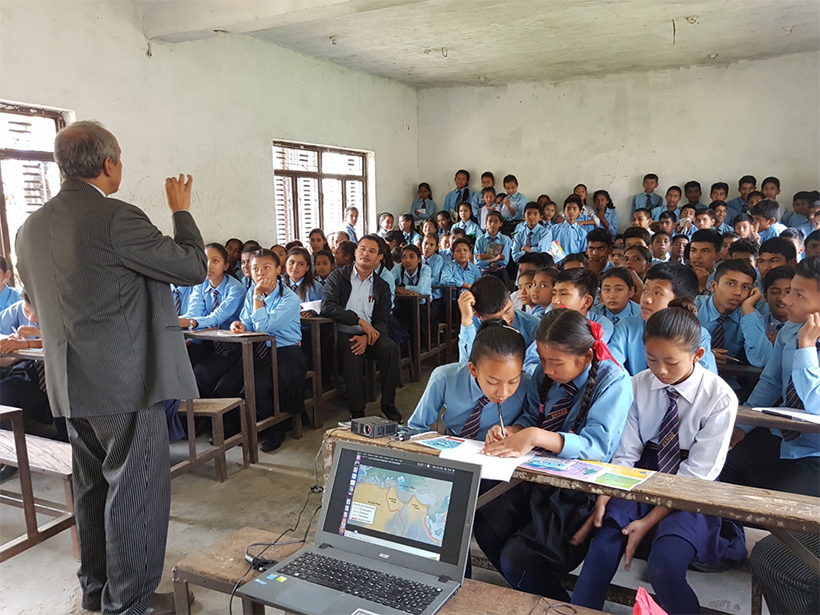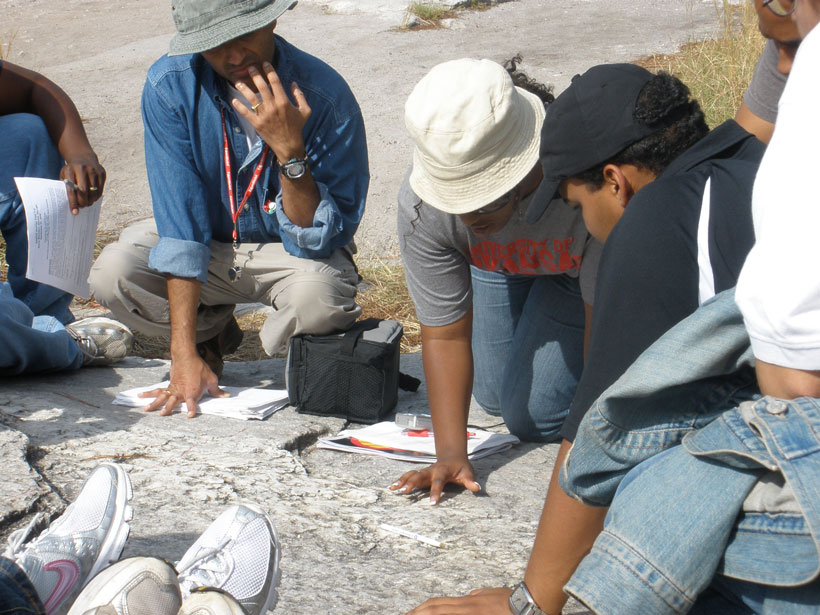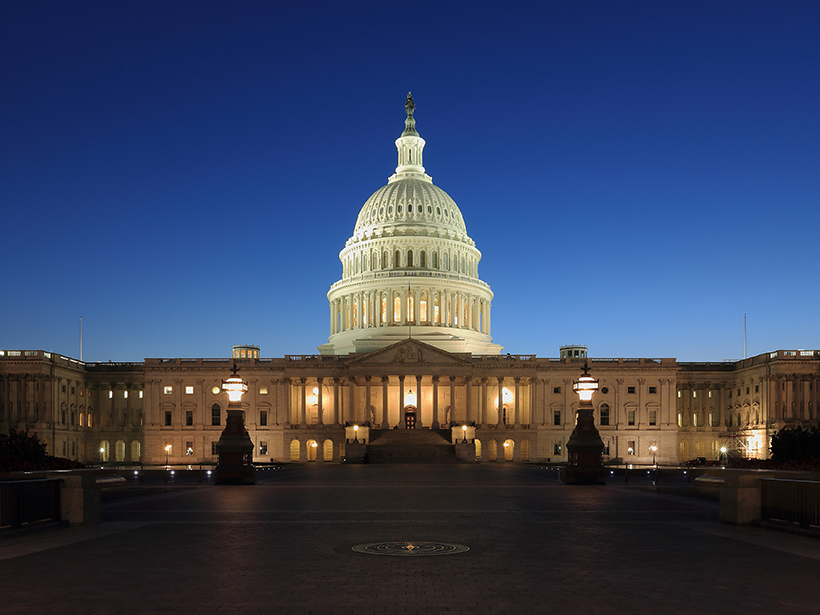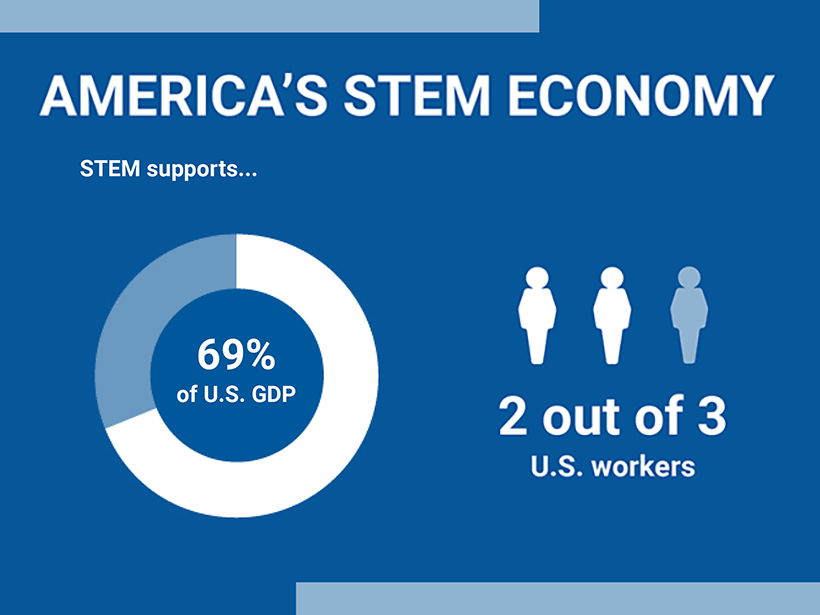A pipeline of minoritized groups doesn’t ensure retention, a survey finds.
STEM education
Code-Switching and Assimilation in STEM Culture
The scientific community cannot claim it is becoming a diverse and inclusive culture based on numbers alone—not if professionals who are Black, Indigenous, and People of Color must leave themselves behind to be part of it.
Reimagining STEM Workforce Development as a Braided River
A contemporary approach to today’s science careers looks less like a structured pipeline and more like a collection of paths that change and adapt to the needs of the individual.
Perspectives on Parenting While Researching (During a Pandemic)
Four Earth scientists and a psychologist reflect on balancing parenthood and professional careers in academia amid the COVID-19 pandemic.
Trayendo la Educación Sobre Terremotos a las Escuelas de Nepal
El programa de Sismología en la Escuela en Nepal, tiene como objetivo preparar a las comunidades rurales para el próximo gran terremoto.
Engaging Communities in Geoscience with STEM Learning Ecosystems
Geo-STEM learning ecosystems can empower community-based solutions and broaden participation in the geosciences by connecting diverse participants who contribute unique skill sets and ways of knowing.
Deep Biases Prevent Diverse Talent from Advancing
A new study indicates that underrepresented students in science-related fields are innovating at high rates—but not reaping commensurate rewards.
Bringing Earthquake Education to Schools in Nepal
The Seismology at School in Nepal program aims to prepare rural communities for the next big earthquake.
China Challenges U.S. Science Dominance
A recent Congressional hearing and National Science Board report show that U.S. leadership faces growing global competition.
STEM Supports 67% of U.S. Jobs
The real jobs report: A new analysis shows that science, tech, and engineering careers are this country’s engine.










